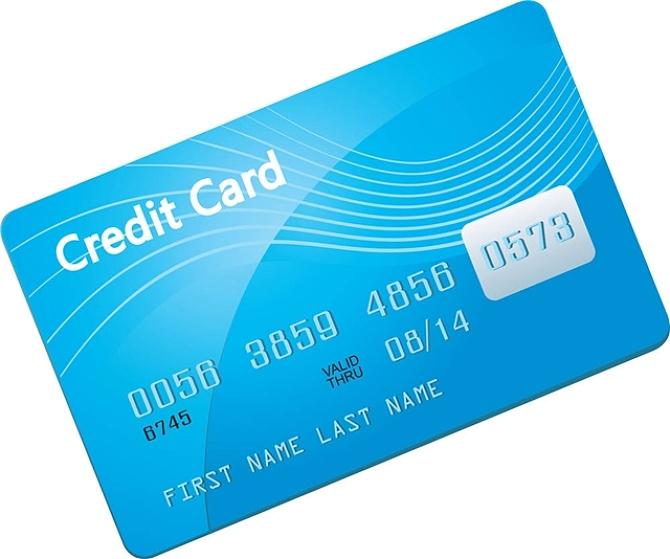The credit card "scheme" and controversy of U.S. college students (2)

In 1999, the Consumer Federation of America (CFA) initiated widespread media coverage of the credit card problem among college students, provoking a strong social reaction. It was felt that schools should be responsible for providing a safe and appropriate environment for students to learn and grow, and that card issuers were taking advantage of students' youth, inexperience and lack of financial experience to over-market credit cards, leading to serious problems such as college students overusing credit cards and dropping out of school (to pay off debt with full-time jobs), mental illness, bankruptcy, inability to find jobs (because of poor credit history) and even suicide. One student, four years into college, had 16 cards and $21,000 in debt. A college student who had 12 credit cards when he committed suicide even after working two jobs, and whose family angrily questioned how the issuing bank approved the issuance of these cards. A mother, whose daughter committed suicide in 1997 because of credit card debt, has been calling for tighter restrictions on campus credit card marketing. The card issuers say the problems affect only a small percentage of students (3-4 percent), most of whom simply need to pay off their debts after they work.
Some universities have given exclusive card-issuing rights to certain issuers or issued co-branded or identity cards, receiving a cut or donation from the issuer, raising questions about the role of university authorities (e.g., the University of Tennessee signed a seven-year, $16.5 million contract with USA One Bank to issue co-branded cards, although USA One explained that their primary target customers were alumni, not current students). The community, especially student groups, parents and alumni associations, have pressured universities to ban credit card marketing on campus. more than 400 universities banned on-campus credit card marketing in 1999-2000, and nearly 600 more are considering similar restrictions. Other universities are preventing potential problems by educating college students about credit.
However, some schools that claim to have banned on-campus credit card marketing are reportedly more unfairly allowing only one contracted card issuer to market. Some schools allowed all card issuers in, charging low site fees for on-campus marketing by contracted issuers and high fees for other issuers.
After 2000, card issuers again broke through the restrictions in various ways, policy restrictions were gradually relaxed, and credit card marketing on campus heated up again (Fitzgerald, 2003).
University administrations tend to believe that credit cards are a necessity for everyday life and that it makes little difference whether they are marketed on campus or off campus (e.g., prohibiting on-campus booths where card issuers are located around the school); restricting on-campus marketing is unrealistic and unnecessary, and the focus should be on credit education for students.
Due to the extreme saturation of the U.S. credit card market (each cardholder had an average of 5 cards at that time, and card issuers mailed a record 6.1 billion credit card application forms directly to customers in 2005, with a low return rate of 0.28%); the college student market has a group of newly enrolled students every year, with a very concentrated target customer, relatively low marketing costs and good profitability, and card issuers are enthusiastic about the college student market.
National card issuers take turns marketing at universities across the U.S. each year, and there are professional services that market campus credit cards for card issuers in the market. It is common for top-tier universities to earn millions of dollars a year by allowing card issuers to market on campus (even providing student information to the issuers). Bank of America, having acquired MBNA, has the most exclusive on-campus card issuing rights contracted with universities (700 universities). Citibank has also signed up over 200 (Kathy Chu, 2006). Discover, Capital One, and JPMorgan Chase are also active large student credit card issuers.
In addition to the old direct mail and in-person applications, there are newer marketing methods, such as integration with some school programs (e.g., Citi's "credit education program" as part of the marketing curriculum), and telemarketing and email marketing are more common.
MasterCard began conducting university surveys in 1999 on the theme "Are You Credit Wise? in 1999. Visa has created a credit and financial education program for preschoolers to college students on the topic of "Practical Money Skills for Life.


